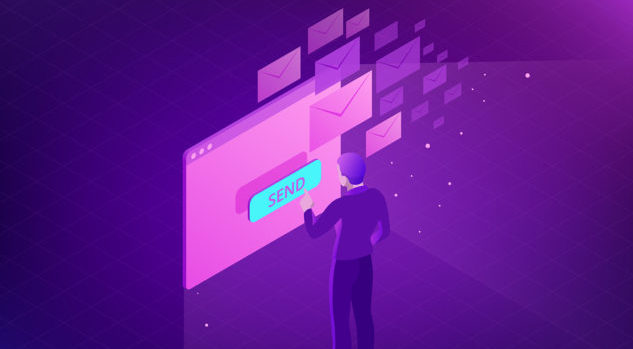Improving internal coordination and engagement


Sponsored
Article
Imagine
a supplier hasn't responded to your email or calls. They have processed you
order? Has your colleague sent a key customer their quote? For many small-business
owners, liaising and following up stakeholders is really a time consuming and
frustrating process.
Effective
business coordination is essential to improving operational efficiency and
productivity in addition to enhancing customer experience and the bottom line. With
COVID-19 restrictions continuing to limit physical interactions, two-way
communication across multiple digital channels is now key to managing this
coordination with employees, customers, and suppliers.
In today's digital age, businesses can implement easy-to-use technology platforms to send personalised and contextually relevant communications to their stakeholders at scale and across multiple delivery channels, for example email, SMS, WhatsApp, Facebook or perhaps video.
While
most platforms will provide information on whether your email/WhatsApp/SMS has been
delivered or opened, modern-day platforms are now providing businesses
with insights into engagement levels and also the effectiveness of their
communications.
This
reporting functionality enables insights into a businesses most engaged staff
or customers, interactions the audience had with their message, so when, as
well as how the message performed when compared with previous communications.
Recipient
insight reports likewise incorporate the status of the message (sent, received, failed,
replied) for every recipient as well as an individual and average engagement
score. The level of a recipient's engagement comes using data science
algorithms in the specific communication and their previous engagement with
the business's communications.
An
additional layer coming very soon will be AI-inferred intelligence that
understands the nuances of language (more challenging than crunching numbers).
This will suggest the type of tone to make use of in a communication and predict things
that will make it more effective – when to send, the kind of channel to use,
and how one is likely to react.
Being
able to ascertain if your communication has been consumed and action taken is
much more valuable for businesses than simply knowing whether it was opened. This
level of detail is critical for effective interactions with your employees and
suppliers. For example, an employee might not be opening or responding promptly
for your internal messages because they don't frequently check their emails and
would rather receiving urgent communications via text. Or your emails to a
supplier may be going straight to their junk folder.
As an aside, the typical open rate for B2B emails is just 15 percent so you might want to consider other digital channels when emailing your suppliers, such as text or WhatsApp. By leveraging recipient insights, companies can work out where communication is wearing down to ensure the business is running an efficiently as possible.
Recipient
insight reports also enable businesses to enhance their communications and engagement
with their customers. Businesses can utilise reporting features to view their most
engaged and disengaged customers. This information enables you to tailor future
communications to customers depending on their engagement with previous
messages.
For
example, you might want to send your most engaged customers a unique offer as a
thank you for their support. Or you might want to reduce the quantity or type
of communications you signal to your most disengaged customers.
Or if
your average total engagement score is low, you might want to rethink the style
and length of your communications as well as the digital channel you're using.
Remember, if you're sending an e-mail, an engaging subject line is key so keep
it to within five to eight words. For SMS, WhatsApp along with other social channels,
it's important to keep communications short, personalised and to the point.
Clear communication that suits the needs of the recipient has always been key. Now you can have technology automate the backend of your communications at scale, enabling you to concentrate on meeting your customers' needs.






